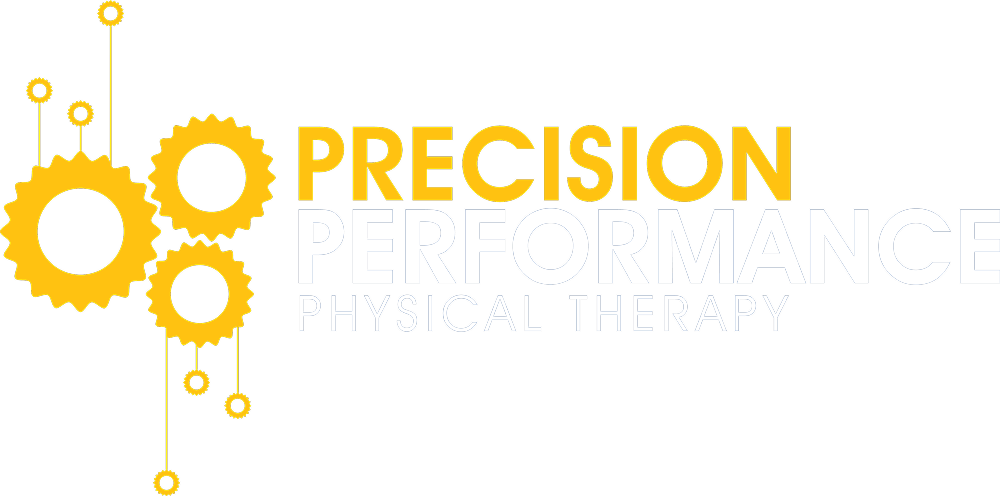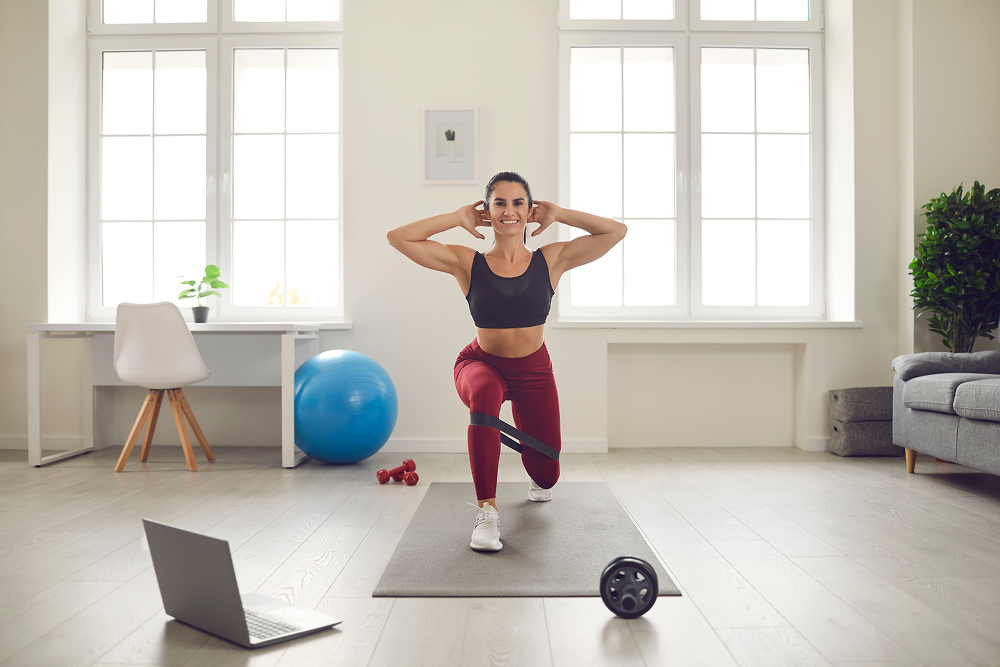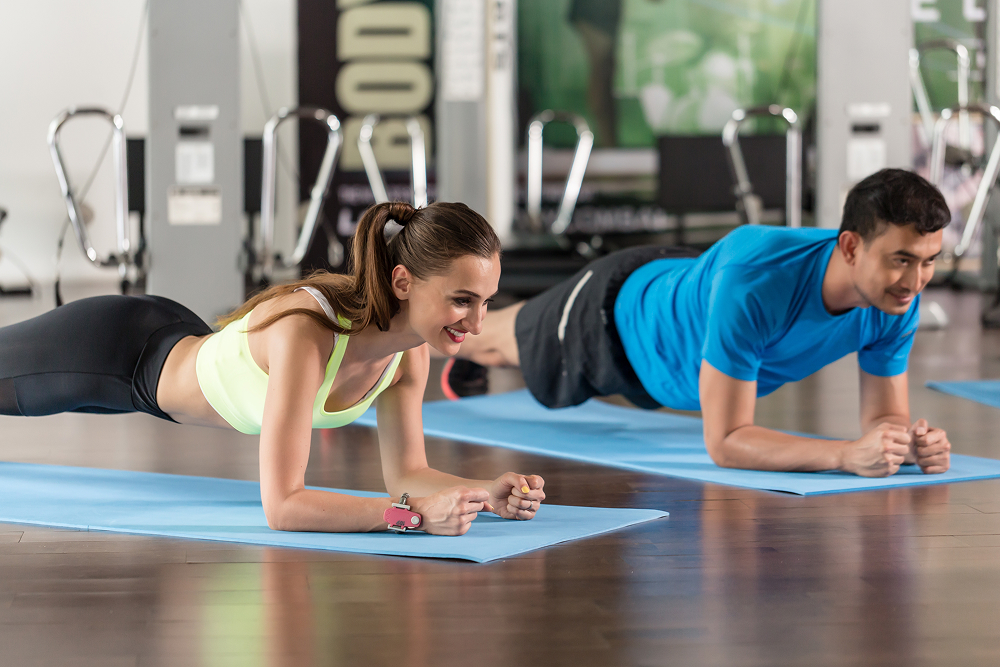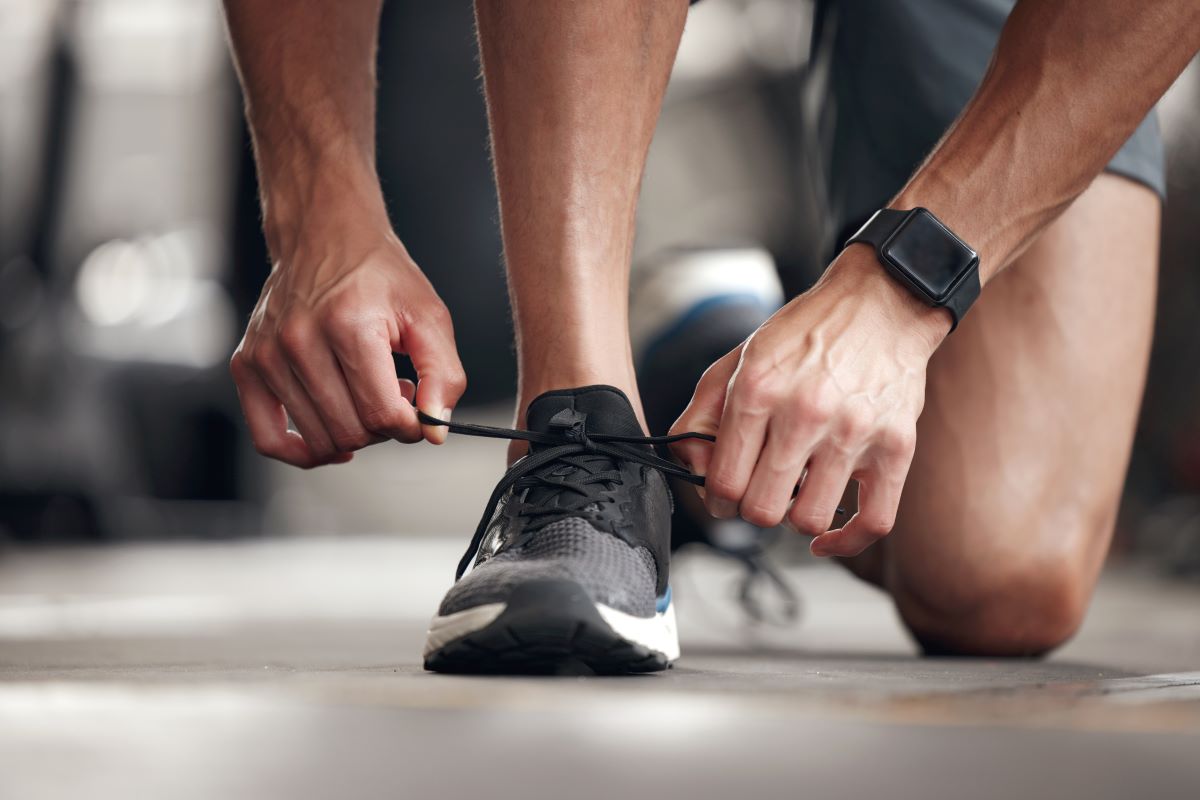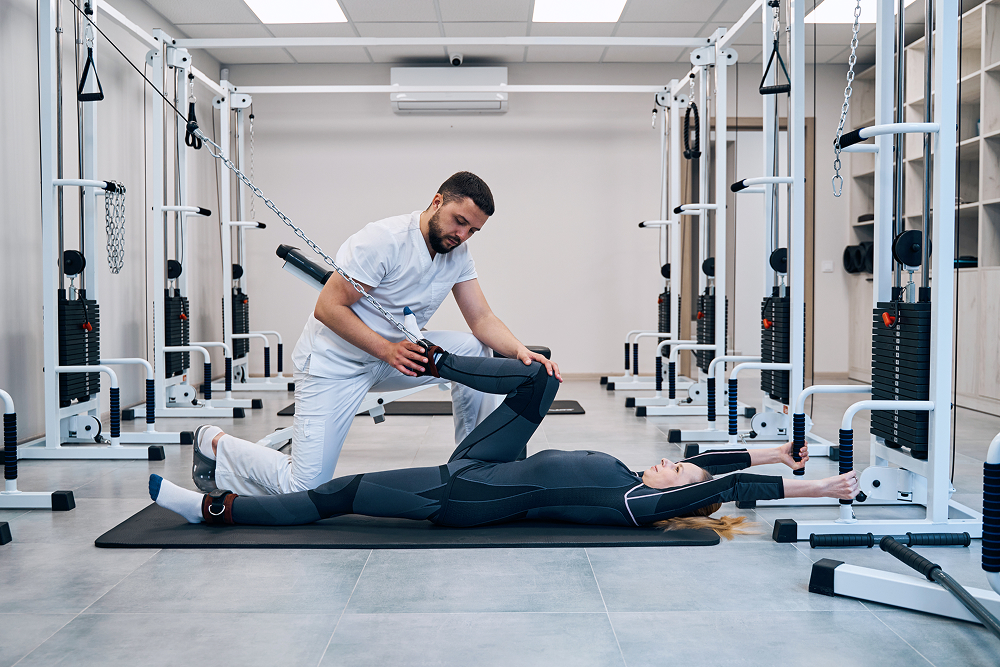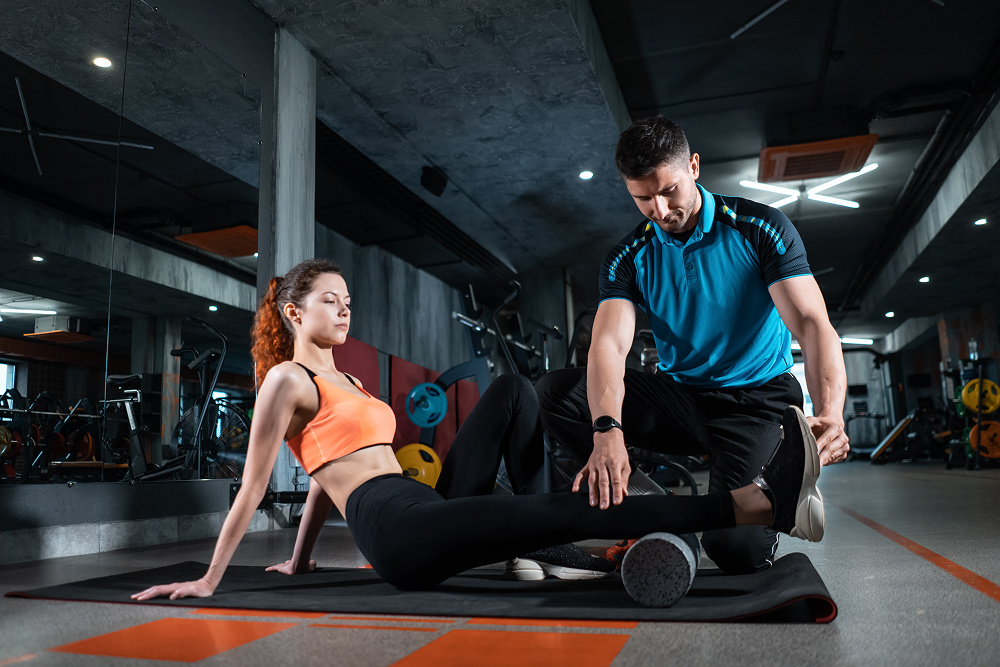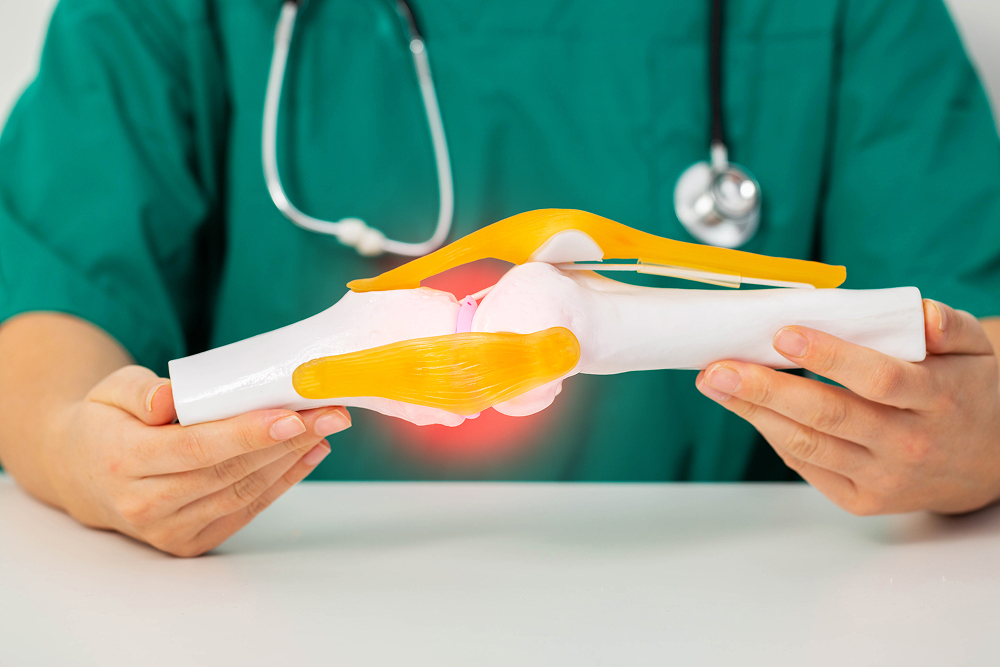Blog
Strengthening the Hips to Prevent Lower Body Injuries
The hips are the powerhouse of the body, providing stability, strength, and mobility. Strong and balanced hip muscles ...
Read More The Role of Core Strength in Injury Prevention
When it comes to injury prevention, many people think about stretching, warm-ups, or proper technique. However, there is ...
Read More The Importance of Warm-Up: Key to Injury Prevention
When it comes to staying active and injury-free, one of the most critical steps you can take is ...
Read More Foot Health and Injury Prevention: More Than Just Shoes
When it comes to injury prevention, most people immediately think of joint health, muscle strength, or cardiovascular fitness. ...
Read More Knee Injury Prevention: Strengthening Key Muscles
Knee injuries are a common issue for both athletes and everyday individuals, causing pain and impacting mobility. While ...
Read More Foam Rolling: A Self-Care Essential for Injury Prevention
Foam rolling has become an increasingly popular self-care tool for athletes, fitness enthusiasts, and anyone looking to improve ...
Read More The Role of Rest Days: Preventing Overuse Injuries
The Role of Rest Days: Preventing Overuse Injuries When it comes to injury prevention, many active adults focus ...
Read More Preventing Tendinitis: Causes and Best Practices
Tendinitis, or the inflammation of a tendon, is a common overuse injury that can lead to pain, restricted ...
Read More 